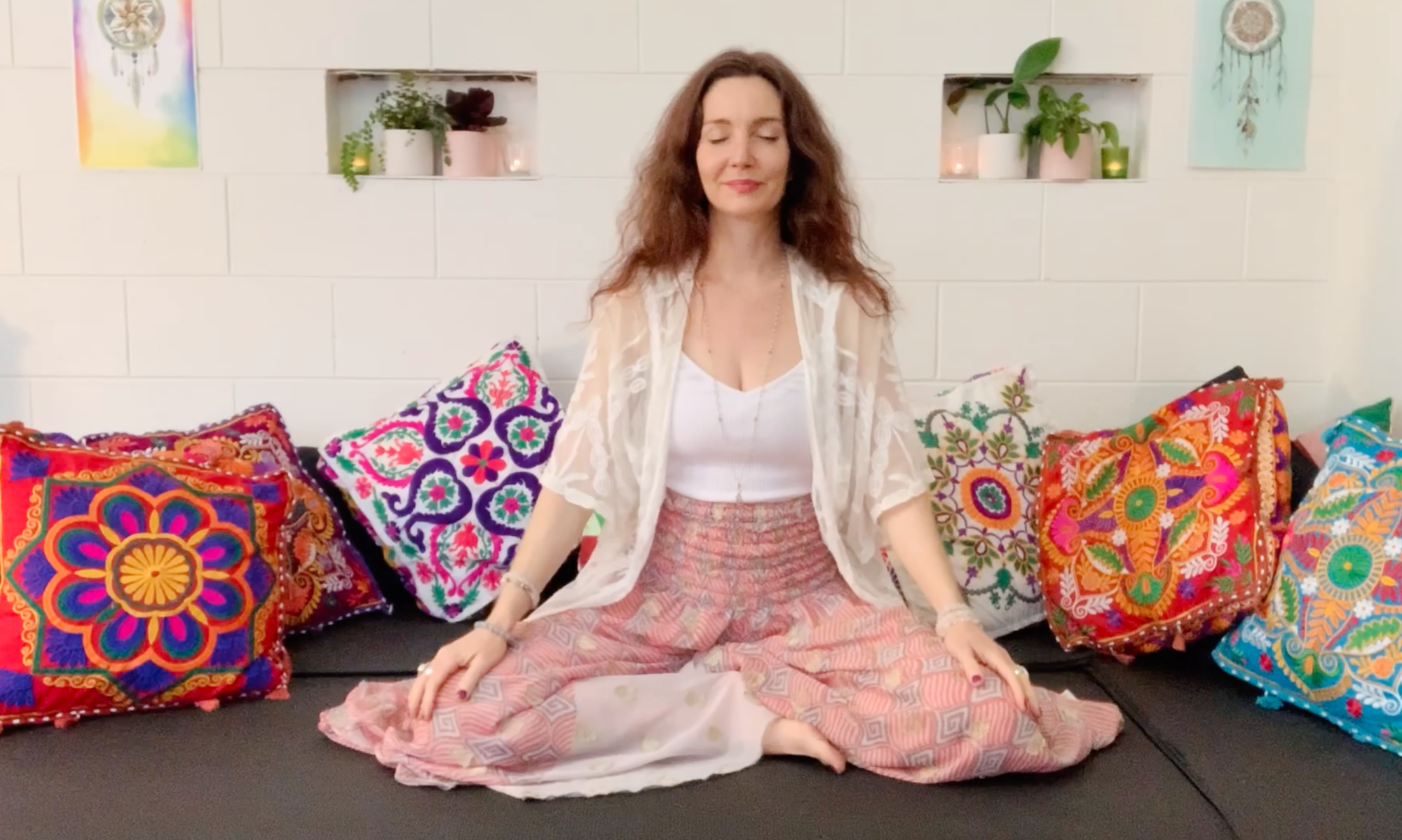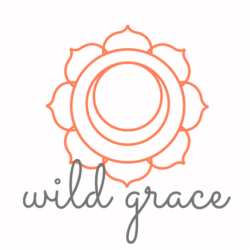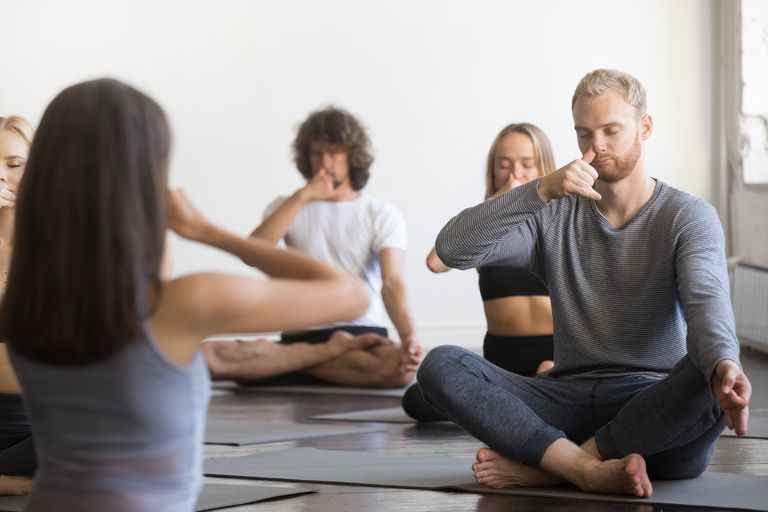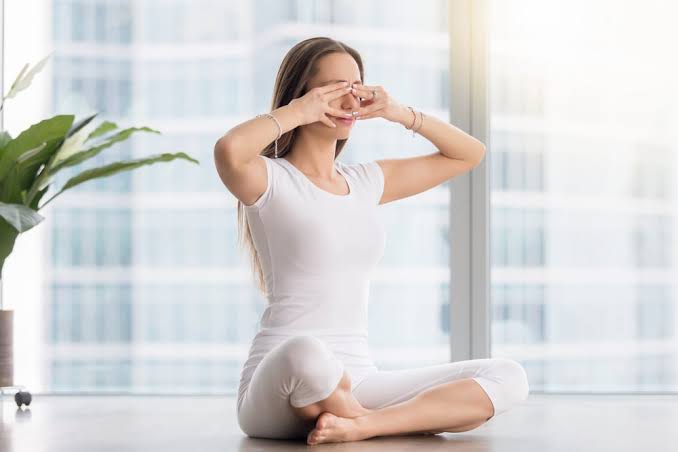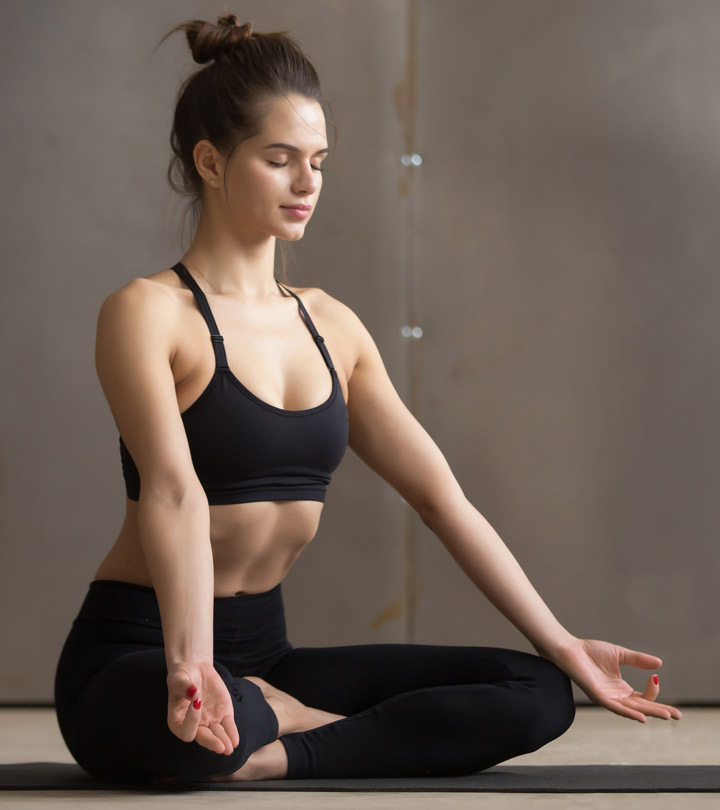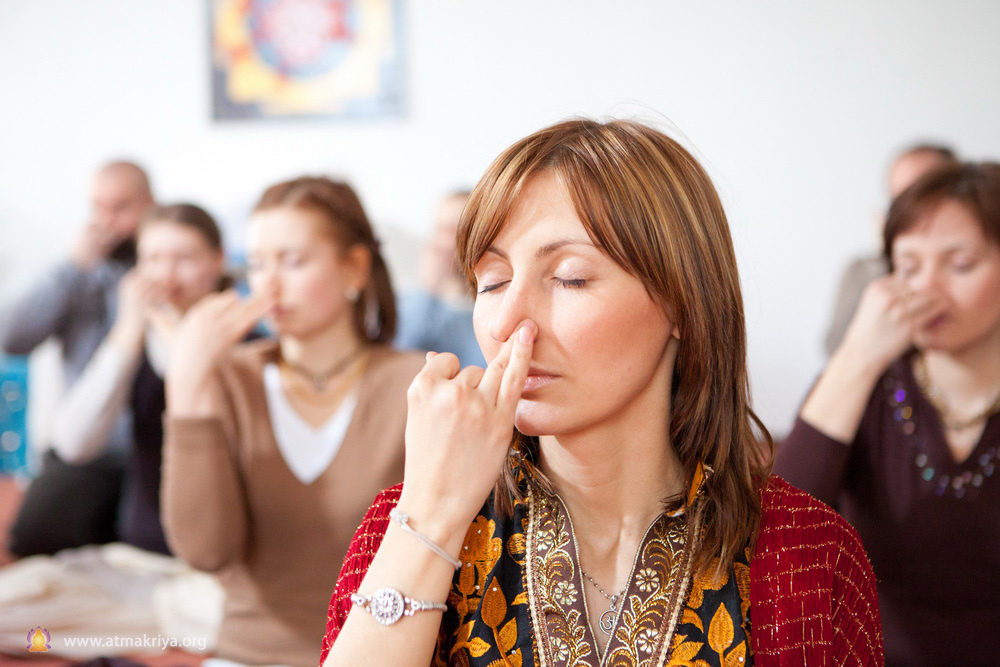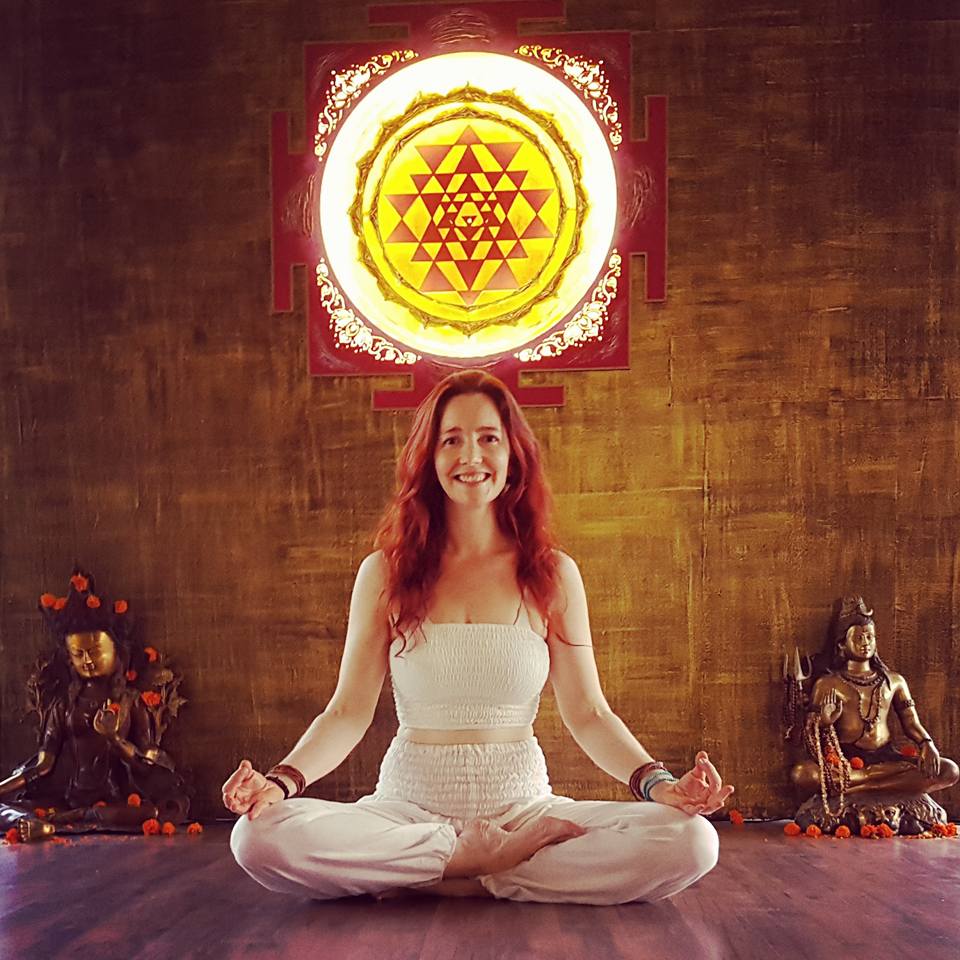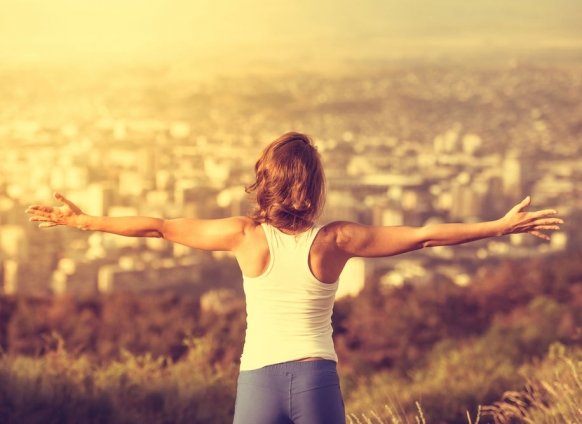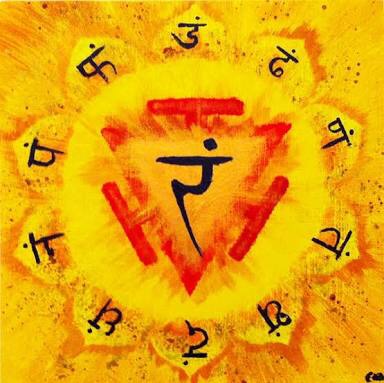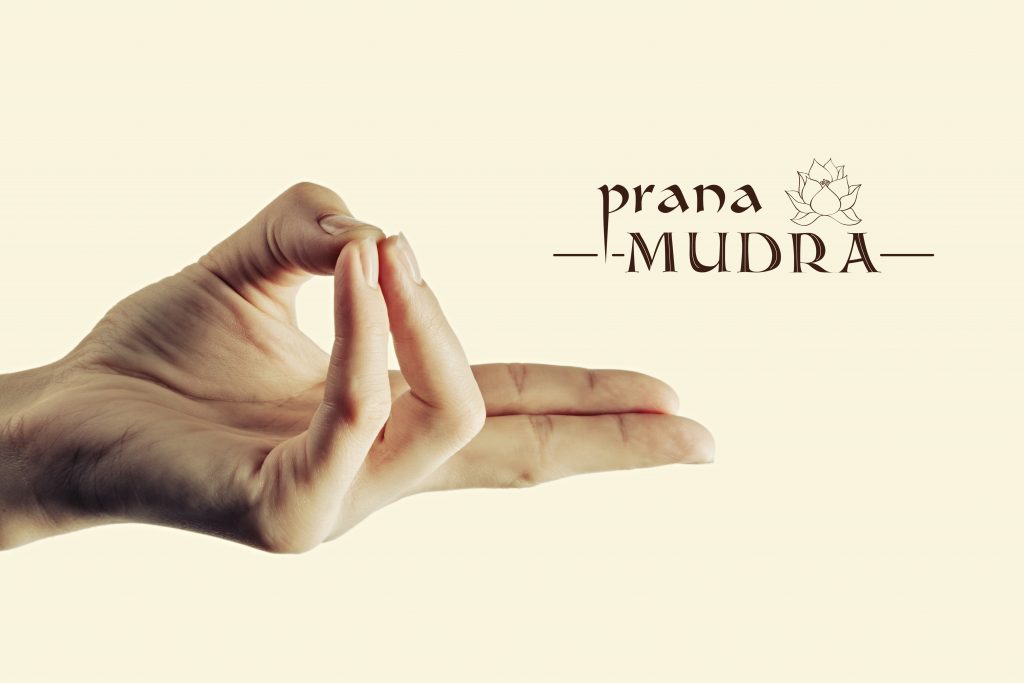
One of the powerful technologies I’ve learned is mudras. And I want share them with you because they are super-easy, you can do them anywhere and they work instantly.
Mudras are a tool to create certain energies within the body. My next chakra series gives you an introduction into working with mudras in your everyday life, to increase vitality, instantly create calm and work with the multitudes of health giving effects mudras bring to your body, mind and spirit.
The use of mudras, in the practice of yoga are a powerful tool for self-care and empowerment. With yoga the intention is to draw oneself inward. Mudras allow us to go inward and recharge our energy levels. The term mudra applies to the use of hand (also eye and full body) gestures that carry specific goals of channeling your body’s energy flow.
I like to think of it as our Sacred circuitry.
Join me for a 7 week immersion into your sacred circuitry. Check out my upcoming Power Mudra Chakra Yoga series here
PRANA MUDRA
Prana mudra activates inactive energy in your body. The gesture symbolizes the vital life force energy, which in Sanskrit is called prana.
Prana is the dynamic life force within all living things. This hand seal encourages the flow of energy, which in turn helps awaken and attune the vital life force to make you feel strong and invigorated.
Prana mudra improves the overall vitality of the whole body. It increases our staying power and assertiveness, gives us the courage to start something new and the strength to see it through.
In combination with slow and gentle breathing, the practice of Prana mudra is stabilising and calming.
Prana mudra nourishes your body and adds prana to your food, so you can hold this mudra while you bless your food.
WHAT THE FINGER PLACEMENTS REPRESENT
In this mudra you bring the tips of the thumb, the ring finger and the pinky to touch, and keep the other two fingers together, slightly stretched but relaxed.
It is believed performing this mudra stimulates your lower three chakras, particularly your root chakra or muladhara, (represented by the thumb (manipura), ring finger (muladhara) and pinky (swadisthana) and activates the flow of life force, which can be dormant and sometimes stuck at your root chakra.
Although it’s benefits include improved sleep, I wouldn’t use this mudra to go to sleep as it does activate and bring in energy in vitality. If you are using it during the day you should notice an improvement in sleep.
Prana Mudra decreases nervousness and increase confidence. Regular practice will also help you to regulate negative behaviours like anger, tension, and envy, while also promoting happiness and enjoyment in your life.
Other benefits include strengthening the immune system, relieving digestive issues and even improving your vision! No wonder it is known as a healing mudra.
MUDRA PRACTICE
Although mudras show immediate effects, most need time 30-45 minutes (this can be spread throughout the day) over an extended period of time.
I recommend using this mudra in a meditation practice, either 30 minutes, two lots of 20 minutes or five rounds of 5 minutes across the day.
Because it is activating your life force energy, feel free to stop the mudra when you feel the effects as that means you are balanced and energised. You can then just sit in meditation if you are doing a longer stretch of time or use the Gyana mudra from yesterday.
You can practise mudras sitting, standing, lying down, walking. Almost anywhere really. This mudra is best practiced sitting or standing.
I suggest trying at least 5 minutes in meditation and then you can bring the mudra in to other parts of your day, sitting at your desk.
Prana mudra is a wonderful way to uplift your mind and bring fresh nourishing energy into your body and environment. You can even use this mudra to bless your food and drink before you consume it.
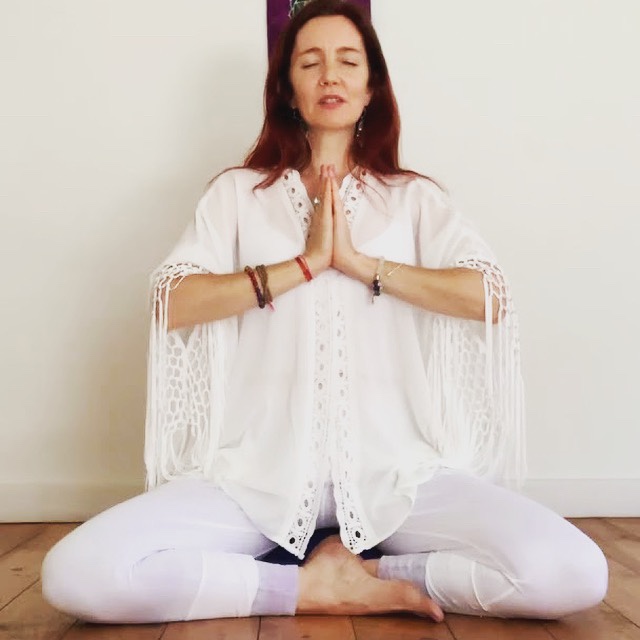
WHAT ARE MUDRAS AND WHY ARE THEY POWERFUL?
In Sanskrit, mudra means “seal”, “mark” or “gesture.” Mudras are gestures (often of the hands but in Sattva Yoga we also use mudras of the eyes and tongue, and other body techniques).
Mudras act as psychic energy seals that create energetic shifts in the mental, physical and energetic body through guiding the energetic flow and harnesssing the bodily reflex stimulus to the brain.
The tips of your fingers, crown of your head, and feet are where energy leaves your body. You can practice mudras to channel that energy back into your body.
THE ELEMENTS OF THE HAND
The hand has three gunas, or qualities, and every finger has its own energy and its own elements.
In yogic philosophy the three gunas, fundamental forces, are tamas, rajas, and sattva. They interact to create all of the known Universe (Prakriti), and can be increased or decreased by using mudras.
Sattva manifests as balance, inspiration, and knowledge of what is real. Tamas is a heavy, mindless energy that causes ignorance and inaction. Rajas is the energy of change, manifesting as passion, pain, desire, and effort, and it can lead you to sattva or tamas but is often characterized as attachment to outcomes and unsteadiness.
Your hand has each of these three guna characteristics, and each finger is associated with an element.
Thumb Divine activator, Agni (Fire), Manipura chakra
Index Finger Individual Soul (Jiva), Vaayu (Air), Anahata chakra
Middle Finger Sattva Guna (Purity/Light), Akasha (Ether/Space), Vissuddha chakra
Ring Finger Rajas Guna (Passion/Fire) Prithvi (Earth), Muladhara chakra
Little Finger Tamas Guna (Inertia/Darkness) Jal (Water), Swadisthana chakra
A MUDRA FOR EVERYTHING
You can use mudras to increase, decrease or stabilise the gunas and specific elements. Whatever you need in your life, there is a mudra for it!
Some mudras show immediate effects, yet most need time 30-45 minutes (can be spread throughout the day) over an extended period of time.
You may notice some of the names I use are different from what you may be used to. My teacher comes from the Himalayan yoga tradition and so I use the names as he teaches them. Teachers from other traditions may used varied terminology.
Mudras are a powerful component of Sattva Yoga as well as a technology you can use on their own.
Over the next 7 days I am going to share my favourite mudras with you. And talk about how mudras work and what they can do for you.
I recommend trying each mudra for a day and at the end of the 7 days, if you feel inspired, choosing a mudra to practice with daily for a 21 day meditation practice or sadhana.
Drop me a comment and let me know how you go. I love hearing stories of the effects of these subtle but powerful practices.
Hari om tat sat. Namaste. Blessings.
Christina at Raw Mojo
ॐ
One of the powerful technologies I’ve learned is mudras. And I want share them with you because they are super-easy, you can do them anywhere and they work instantly.
The use of mudras, in the practice of yoga are a powerful tool for self-care and empowerment. With yoga the intention is to draw oneself inward. Mudras allow us to go inward and recharge our energy levels. The term mudra applies to the use of hand (also eye and full body) gestures that carry specific goals of channeling your body’s energy flow.
I like to think of it as our Sacred circuitry.
Join me for a 7 week immersion into your sacred circuitry
Check out my upcoming Power Mudra Chakra Yoga series here
